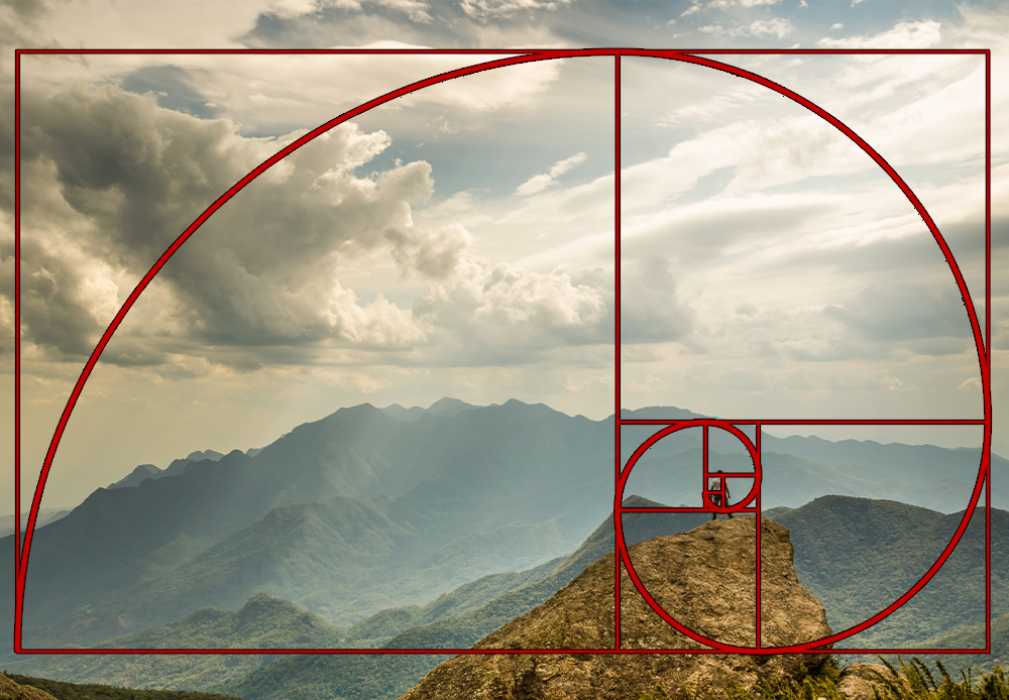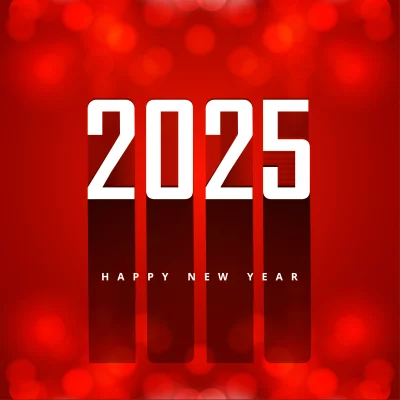
In Graphics resources
2,492
25
7
What is The Golden Ratio Rule How does it work?
Imagine a line segment divided into two parts, such that the ratio of the longer part to the shorter part is the same as the ratio of the entire line segment to the longer part. This special ratio, approximately equal to 1.618, is known as the Golden Ratio.
Origins and History:
The Golden Ratio has fascinated mathematicians, artists, and architects for centuries. Its origins can be traced back to ancient Greece, where it was first studied by Pythagoras and his followers. The Golden Ratio was later rediscovered during the Renaissance by Leonardo da Vinci, who used it extensively in his artwork, including the Mona Lisa and The Last Supper.
Aesthetic Appeal:
The Golden Ratio is often considered to be the most aesthetically pleasing proportion. It creates a sense of balance, harmony, and visual appeal. Studies have shown that people tend to prefer images and objects that incorporate the Golden Ratio, even if they are not consciously aware of it.
0
Applications in Architecture:
Architects have also used the Golden Ratio to create visually stunning and structurally sound buildings. Some famous examples include:
1. The Parthenon in Greece: The proportions of the Parthenon’s facade and interior spaces are based on the Golden Ratio.
2. The Fibonacci Spiral in the Guggenheim Museum in New York City: The museum’s iconic spiral ramp follows the Fibonacci sequence, which is closely related to the Golden Ratio.
Applications in Nature:
The Golden Ratio is not just a human invention. It can also be found in nature, from the spirals of seashells to the arrangement of leaves on a plant stem. This suggests that the Golden Ratio may be a fundamental principle of aesthetics and harmony in the natural world.
We may think we know everything about the Golden Ratio if we know this much. In fact, there are some other things that I am fully explaining to you:

How the Golden Ratio is used in art and design?
Art:
1. Leonardo da Vinci’s Mona Lisa: The proportions of the Mona Lisa’s face, from the hairline to the chin, follow the Golden Ratio.
Salvador Dalí’s The Sacrament of the Last Supper: The painting’s composition is based on a Golden Rectangle, and the central figure of Christ is positioned at the intersection of the Golden Spiral.
2. Piet Mondrian’s Composition with Red, Blue, and Yellow: Mondrian used the Golden Ratio to create a sense of balance and harmony in his abstract paintings.
Design:
1. Logos: Many famous logos, such as the Apple logo and the Nike swoosh, incorporate the Golden Ratio in their design.
2. Websites: Designers often use the Golden Ratio to determine the layout of website elements, such as the header, navigation menu, and content area.
3. Typography: The Golden Ratio can be used to determine the ideal line length and spacing in typography, making text more readable and visually appealing.
4. Product Design: Industrial designers use the Golden Ratio to create products that are both aesthetically pleasing and ergonomically sound. For example, the iPhone’s screen is based on the Golden Ratio.
Other Applications:
1. Photography: Photographers often use the Golden Ratio to compose their shots, placing the main subject at the intersection of the Golden Spiral.
2. Music: Some composers have used the Golden Ratio to determine the length and structure of their musical pieces.
3. Nature: The Golden Ratio can be found in the arrangement of leaves on a plant stem, the spirals of seashells, and the proportions of the human body.
These are just a few examples of how the Golden Ratio is used in art and design. By understanding and applying this principle, artists, designers, and architects can create more visually appealing and harmonious works.
How the Golden Ratio is used in photography?
The Golden Ratio, also known as the Golden Mean or Divine Proportion, is a special ratio of approximately 1.618. It is often considered to be the most aesthetically pleasing proportion, and it has been used by artists, designers, and architects for centuries to create visually appealing compositions.

In photography, the Golden Ratio can be used to compose shots that are more balanced and harmonious. Here are a few ways to use the Golden Ratio in photography:
1. Rule of Thirds: The Rule of Thirds is a simplified version of the Golden Ratio. It divides the frame into thirds, both horizontally and vertically, creating a grid of nine equal rectangles. The four intersection points of the grid are called ’’power points.’’ Placing important elements of your composition on or near the power points can create a more visually appealing image. Read mor about Rule of Thirds
2. Golden Spiral: The Golden Spiral is a logarithmic spiral that follows the Golden Ratio. It can be used to create a sense of movement and depth in an image. To use the Golden Spiral, start by placing the center of the spiral on the main subject of your photo. Then, arrange the other elements of your composition along the spiral.
3. Golden Rectangle: The Golden Rectangle is a rectangle with a width-to-height ratio of 1.618. You can use the Golden Rectangle to crop your photos or to create a compositional framework.
Using the Golden Ratio in photography is not a strict rule, but it can be a helpful tool for creating more visually appealing and harmonious compositions. By understanding and applying this principle, photographers can improve the overall impact of their images.



